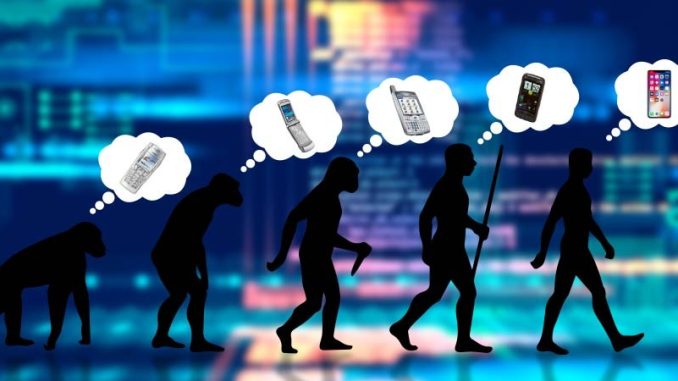
Introduction:
The journey of technology spans millennia, from the early innovations of our ancestors to the cutting-edge advancements of the modern era. This evolution has shaped human civilization, revolutionizing how we live, work, communicate, and interact with the world. Let’s explore the key stages of technology’s evolution from the past to the present.
- Primitive Tools and Fire
- The earliest humans crafted primitive tools from stone, wood, and bone for hunting, gathering, and defense.
- The discovery and mastery of fire enabled cooking, warmth, protection, and social cohesion, marking a crucial step in human development.
- Agricultural Revolution and Early Civilizations
- The transition from hunting and gathering to agriculture led to settled communities, surplus food production, and the rise of early civilizations.
- Innovations like irrigation systems, plows, and metal tools improved agricultural productivity and enabled the growth of urban centers.
- Ancient Engineering and Inventions
- Ancient civilizations such as Mesopotamia, Egypt, Greece, and Rome made significant engineering achievements.
- Innovations like the wheel, writing systems, mathematics, aqueducts, and roads advanced transportation, communication, and infrastructure.
- Medieval and Renaissance Innovations
- The medieval period saw advancements in mechanical engineering, navigation, and printing.
- Inventions like the compass, mechanical clocks, windmills, and the printing press revolutionized navigation, timekeeping, and information dissemination.
- Industrial Revolution and Mechanization
- The Industrial Revolution marked a shift from agrarian economies to industrialized societies.
- Steam engines, textile machinery, railways, and factories transformed manufacturing, transportation, and urbanization.
- Electricity and Communication
- The discovery and harnessing of electricity led to innovations like electric lighting, telegraphs, and telephones.
- The invention of radio and television revolutionized communication and mass media.
- Information Age and Digital Revolution
- The 20th century witnessed the rise of computers, digital technologies, and the internet.
- Computers evolved from room-sized machines to personal computers, leading to the digital revolution and information age.
- Mobile and Internet Era
- The proliferation of mobile devices, smartphones, and high-speed internet connectivity transformed how we access information, communicate, and conduct business.
- E-commerce, social media, cloud computing, and online services became integral parts of daily life.
- Emerging Technologies
- Emerging technologies such as artificial intelligence (AI), machine learning, robotics, biotechnology, and nanotechnology are shaping the present and future.
- AI-driven automation, autonomous vehicles, gene editing, and quantum computing are revolutionizing industries and scientific research.
- Sustainability and Green Technologies
- The focus on sustainability has led to innovations in renewable energy, green technologies, and environmental conservation.
- Solar power, wind energy, electric vehicles, energy-efficient buildings, and circular economy practices are driving sustainable development.
Conclusion: The evolution of technology reflects humanity’s quest for innovation, progress, and improvement. From primitive tools to advanced digital systems, each stage has contributed to shaping our world and addressing new challenges. As we embrace emerging technologies and sustainability initiatives, it’s essential to consider the ethical, social, and environmental impacts, ensuring that technology continues to benefit humanity and the planet.